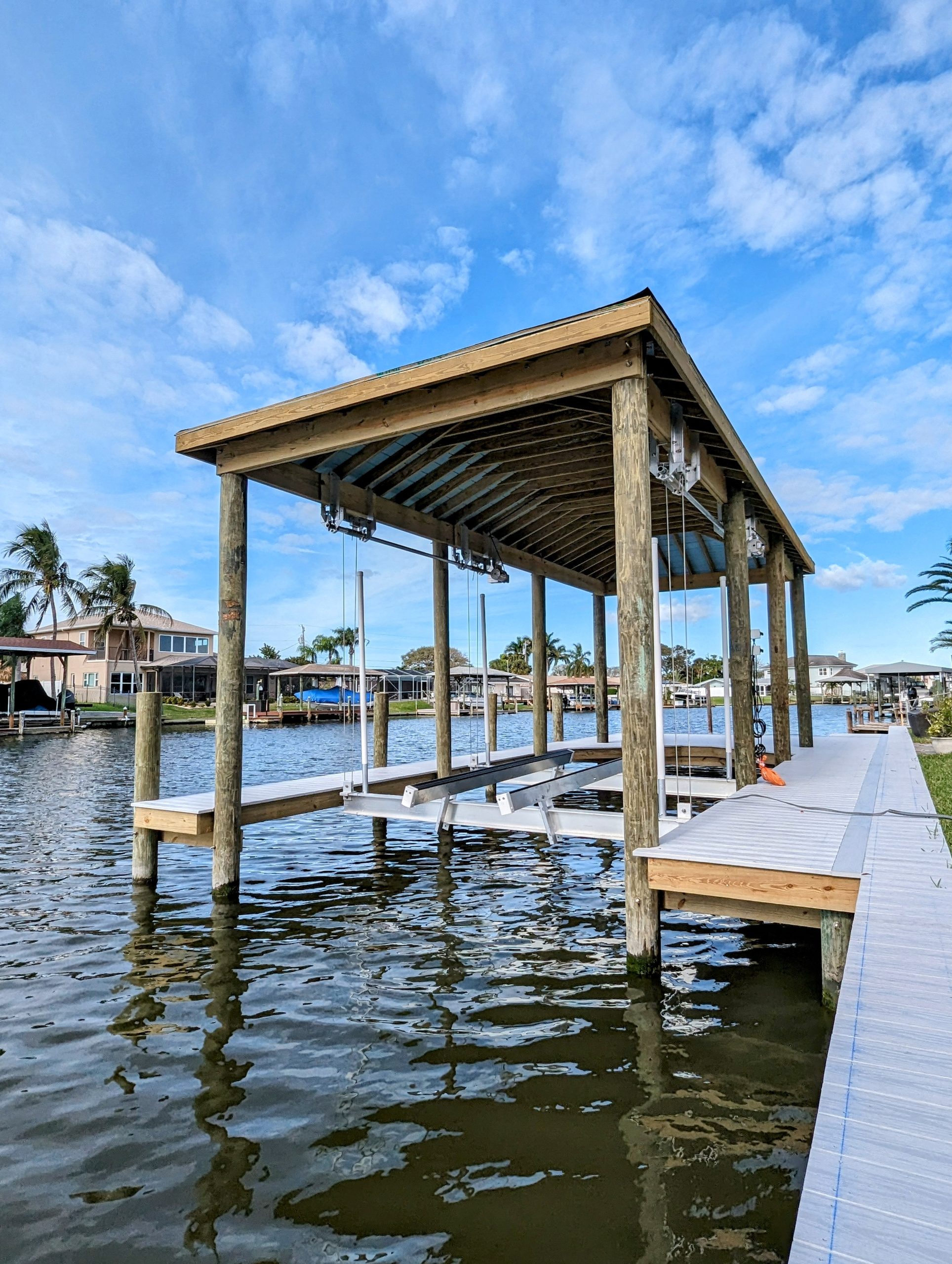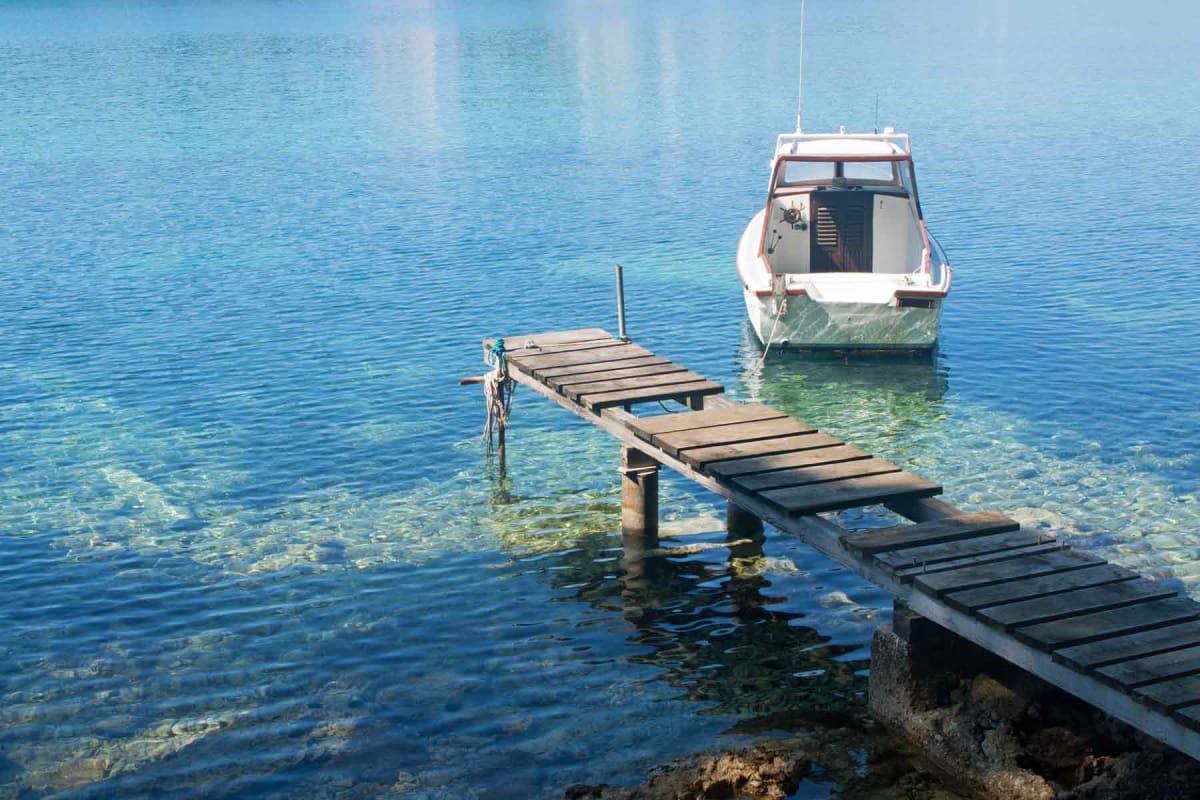Efficient Dock Repair Work Techniques: Guaranteeing Architectural Integrity
Making certain the structural honesty of docks via effective repair work strategies is extremely important for the long life and security of marine facilities. This involves a multi-faceted approach beginning with detailed assessments using advanced modern technologies like finder devices and remotely ran lorries (ROVs) to identify both noticeable and concealed damages. Subsequently, picking the ideal repair products, such as corrosion-resistant alloys and composite products, is vital for sturdiness. Structural support techniques, including the execution of cross-bracing systems and load-distribution plates, play an essential role in mitigating stress factors. Nevertheless, the significance of these strategies becomes evident when checking out advanced repair service methods and preventative upkeep techniques.
Examining Dock Damages
Analyzing dock damage is an important initial step in making sure the architectural integrity and security of any kind of docking center. Trick aspects to take a look at consist of the dock's foundation, pilings, outdoor decking, and equipment (Dock Repairs).
Structural designers or certified examiners commonly do these assessments making use of specialized tools and techniques. Underwater evaluations may use finder devices or remotely ran automobiles (ROVs) to find submerged damage. Over water, visual evaluations are complemented by utilizing dampness meters and other analysis tools to uncover underlying concerns not promptly visible to the nude eye.

Picking Fixing Materials
Choosing the ideal fixing products is a pivotal step in the dock remediation process, one that directly influences the longevity and efficiency of the fixed framework. Product selection have to be driven by elements such as ecological conditions, load-bearing needs, and compatibility with existing dock elements.
In enhancement to timber, composite materials are significantly prominent due to their longevity and reduced maintenance needs. Composites, usually made from a blend of plastic and wood fibers, provide superb resistance to rot, insects, and UV damages. For metal anchors, choosing corrosion-resistant alloys such as galvanized steel or marine-grade aluminum is vital to protect against rust and make certain structural honesty in saline water conditions.
Epoxy materials and marine-grade sealants are crucial for repairing fractures and securing joints, giving a waterproof barrier and improving the dock's total strength. By carefully choosing high-grade products, dock repair work can accomplish resilient outcomes, therefore safeguarding against future deterioration and making sure secure, reliable use.
Structural Support Methods
Reliable architectural support strategies are critical in guaranteeing the stability and long life of dock fixings. One fundamental method includes making use of steel or composite support bars (rebar) within concrete structures. Rebar offers additional tensile strength, avoiding fractures and dispersing lots much more uniformly. This technique is especially efficient for anchors subjected to hefty loads or extreme ecological problems.
Another vital technique is the application of fiber-reinforced polymers (FRP) These materials provide high strength-to-weight ratios and exceptional resistance to deterioration, making them ideal for enhancing wooden or concrete docks. FRP can be used in strips or sheets and bonded with epoxy resins to enhance structural honesty.
Supporting and anchoring systems also play an important duty in architectural support. Cross-bracing, utilizing metal or wooden beam of lights, can counteract lateral pressures, reducing swaying and movement. Anchoring systems, such as helical piers or driven piles, supply a stable foundation by moving lots to deeper, extra secure dirt layers.
Last but not least, the assimilation of load-distribution plates can assist distribute weight much more equally across the dock's surface, minimizing localized stress and anxiety factors. These strategies collectively make sure that anchors remain durable and secure, qualified of standing up to the rigors of their operational setting.
Advanced Repair Work Techniques

One more sophisticated method includes undersea welding, which enables fixings to be performed without the demand to dewater the location. This approach is specifically useful for addressing structural issues in submerged dock components, ensuring minimal disruption to operations. Enhanced welding techniques, coupled with robot systems, supply accuracy and integrity, therefore expanding the lifespan of the dock.
Additionally, cathodic protection systems are implemented to avoid rust in metallic dock structures. By utilizing sacrificial anodes or pleased present systems, these strategies properly alleviate the electrochemical procedures that result in material deterioration.
Lastly, advanced monitoring technologies, such as architectural wellness surveillance (SHM) systems, try this site supply real-time information on the problem of dock frameworks. These systems enable proactive maintenance and prompt treatments, inevitably making certain the long-lasting structural integrity of the dock.
Upkeep and Avoidance
Upkeep and prevention are essential concepts that underpin the long life and security of dock structures. Normal assessments are critical, allowing for early detection of wear and tear, possible weak points, and environmental influences. A proactive strategy, including routine look for corrosion, rot, and architectural shifts, minimizes costly fixings and extends the dock's functional life.
Preventative measures should include using protective coatings to steel elements to protect versus rust and utilizing treated timber to withstand decay. In addition, guaranteeing correct drainage and air flow can avoid water accumulation, which is an usual source of architectural degradation. Integrating quality products and adhering to supplier guidelines throughout construction and repair service phases likewise play important duties in improving longevity.

Educating workers in dock maintenance best techniques makes certain constant application of safety nets. Leveraging technological breakthroughs, such as drones for assessments and sensors for real-time monitoring, can better improve maintenance initiatives. By focusing on maintenance and prevention, dock proprietors can make sure structural honesty, functional security, and cost-effective management over the dock's life-span.
Final Thought
In conclusion, preserving the structural honesty of aquatic facilities necessitates detailed dock fixing strategies. Advanced repair methods, combined with normal upkeep practices, guarantee the dock stays secure and operational under diverse environmental problems.
Ensuring the structural stability of anchors through effective repair techniques is vital for the longevity and security of aquatic facilities.Choosing the ideal repair materials is a critical action in the dock remediation process, Learn More Here one that directly affects the long life and efficiency of the fixed framework.Reliable architectural support strategies are critical in ensuring the security and long life of dock repairs. By prioritizing maintenance and prevention, dock proprietors can ensure structural honesty, functional security, and economical administration over the dock's life expectancy.
In final thought, preserving the architectural stability of marine facilities necessitates comprehensive dock repair work methods.
Comments on “Crucial Guide to Inexpensive Dock Repairs for Homeowners”